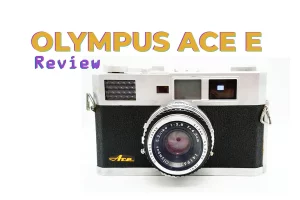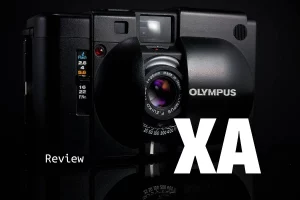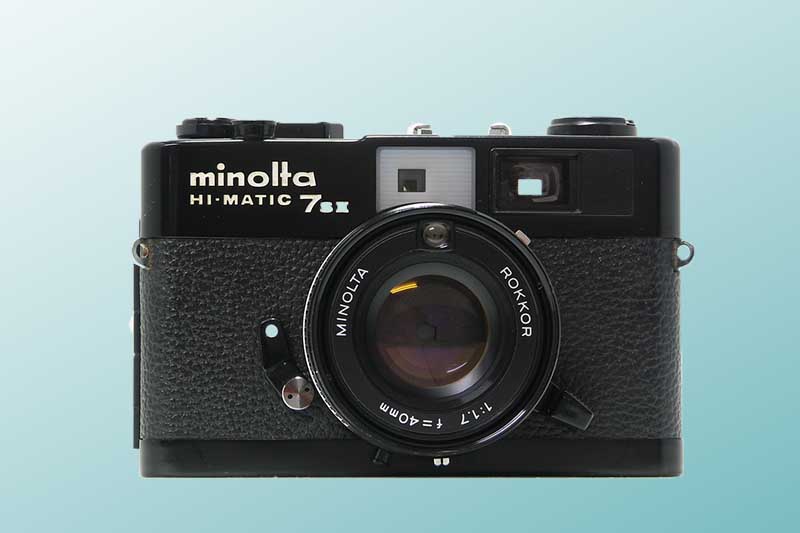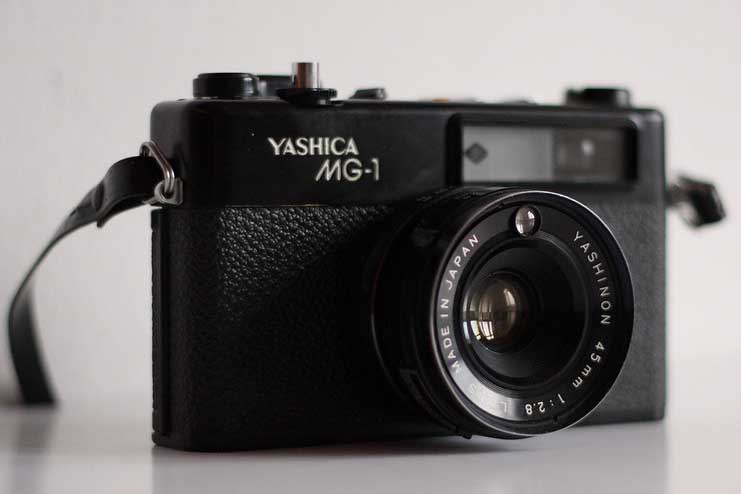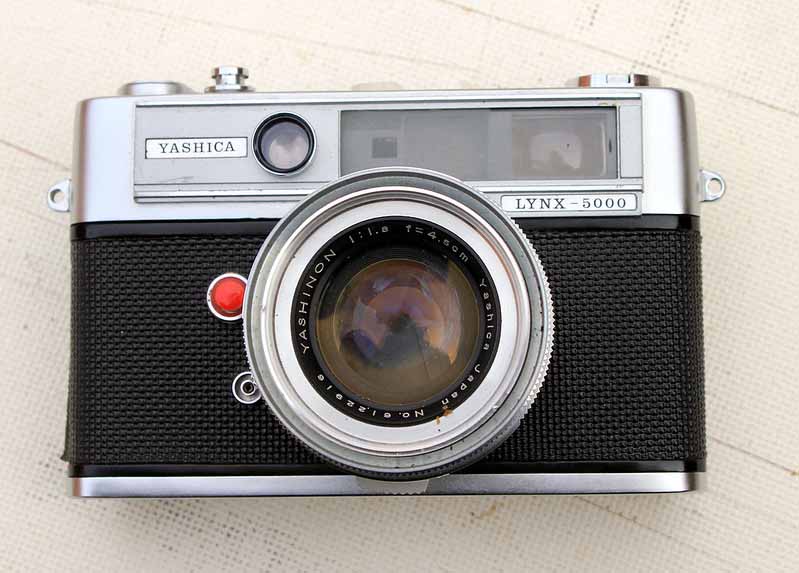Leica M6 review: Why it became the most desirable camera
Last Updated on December 27, 2023
Editorial Note: By purchasing through the links on DustyGrain, we may earn a commission. These earnings do not dictate our opinions or product evaluations.
Can the camera, which has received so much advance praise like no other, really convince? After all, it costs about $2000. Shouldn’t I invest my money elsewhere or just put it on the high edge? Buy a Leica M6 and all your wishes will be fulfilled. So you read again and again on the relevant sites or in forums.
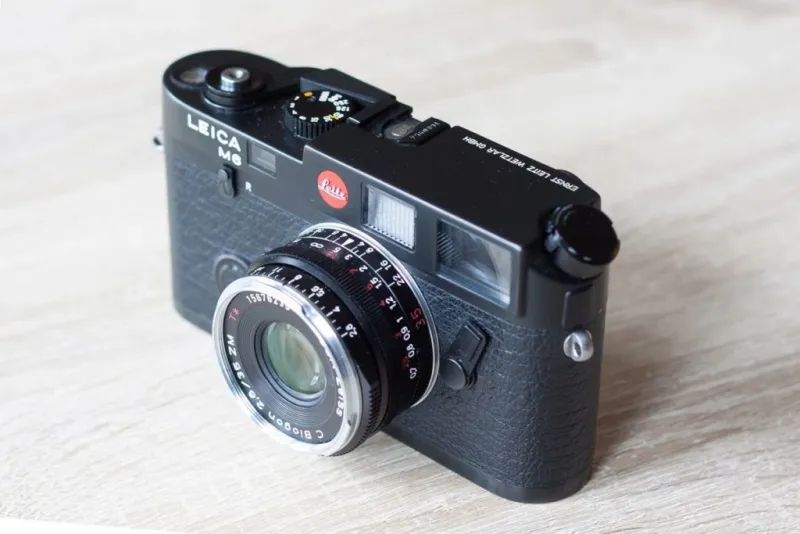
There must be something to it. So where does the Leica myth come from ? If greats like Henri Cartier-Bresson swore by a Leica, then the Leica M6 can’t be that bad. Read my little Leica M6 experience report or my Leica M6 review.
Table of Contents
Leica M6 Specs
- Rangefinder with 0.72x magnification
- effective measuring basis 49.9mm (mechanical measuring basis 69.25 x 0.72 viewfinder magnification) with 0.85x viewfinder → 58.9mm measuring basis, with 0.58x viewfinder → 40.2mm measuring basis
- Mechanically controlled, horizontally running fabric slot shutter
- Exposure times from 1/1000s to 1s + Bulb
- Snap at full f-stops + 1/50s (flash sync)
- Exposure times selectable between snap levels, except between 1/8s – 1/15s and 1/30s – 1/60s
- Possibility to flange a Leica motor
- Selective exposure metering through the lens at working aperture (TTL metering)
- The light reflected by a measuring spot on the shutter curtain is measured. The measurement spot has a diameter of 12mm in the center of the image, which corresponds to an area of 23% of the negative format. Corresponds to approx. 2/3 of the short side of the selected viewfinder frame. Switch on by gently pressing the release button.
- Lens mount with M bayonet
- Automatically displayed bright-line frames in three pairs of 2 (28mm + 90mm), (35mm + 135mm), (50mm + 75mm) + manual image field selector
- Exposure indicator with 2 triangles to indicate correct exposure or over- or underexposure. (M6 TTL : additionally a circle in the middle to indicate the correct exposure)
- automatic parallax compensation
- Cut and mixed image rangefinder in the center of the viewfinder image as a bright field.
- Working range at ISO 100 from -1 to 20 EV
- Film sensitivity setting ISO 6 to ISO 6400
- Power supply: 2x SR44 button cells (enough for approx. 130 films with 36 images each)
- Flash shoe with center contact + electronic flash synchronization Standard contact socket (can be used at the same time)
- Film counter from -2 to 38
- Improved film spool
- Beveled rewind lever
- Release button with standardized thread for cable release
- Material: 0.8mm die-cast aluminium, top cap: 0.8mm die-cast zinc, base plate: 0.8mm brass
- Dimensions (M6 Classic): H x W x D : 77mm x 138mm x 38mm
- Dimensions (M6 TTL): H x W x D: 79.5mm x 138mm x 38mm
- Weight: M6 Classic: 560g – M6 TTL : 600g
The Leica M6 in hand
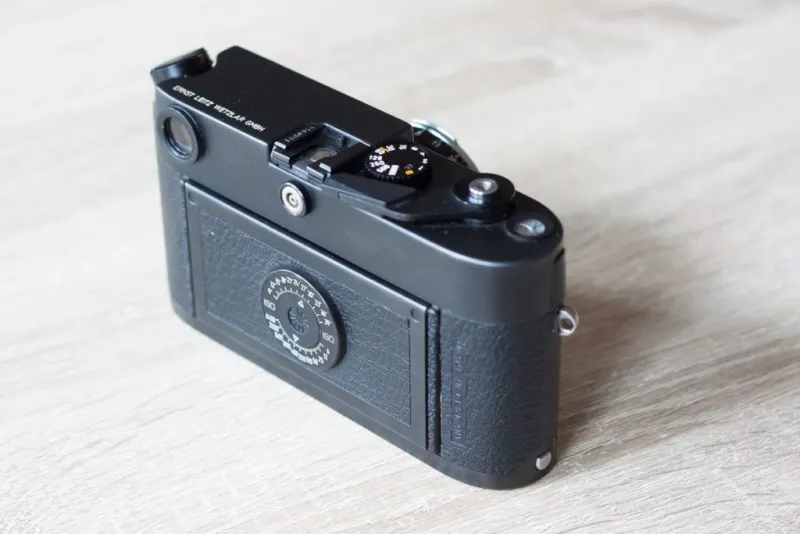
The exposure meter of the Leica M6 consists of two triangles pointing towards each other. These are illuminated by LEDs. If you have now set the correct exposure, both triangles light up equally brightly. If the image section is slightly underexposed, the left LED lights up a little brighter than the right LED. If the underexposure continues, only the left LED lights up.
With overexposure, the whole thing shifts to the right side. The exposure metering of the Leica M6 TTL also has a small circle between the triangles that lights up when the exposure is set correctly. However, this is not absolutely necessary. In my opinion, the system of the M6 Classic works just as well.
Leica M6 and Leica M6 TTL operating concept
However, there is a difference in the interaction between the exposure meter and the time dial. Because the left underexposure triangle points to the right, i.e. requires more light, you have to turn the shutter speed dial to the left on the Leica M6 to get more light.
Leica also understood that this arrangement is illogical and not only enlarged the shutter speed dial on the M6 TTL, but also changed the direction of rotation so that it now corresponds to the direction of the LED. The Leica M6 also spoils its owner with its exceptional build quality. Nothing rattles, nothing wobbles, solid craftsmanship.
You have to have the camera in your hands to understand it. Such cameras have not been made since the camera industry discovered plastic in the 1980s. If I dropped a camera in the apartment I just think: “Oh no, my Canon/Nikon/Sony/Fuji/etc.!” If I dropped the Leica: “Oh no, the tiles!”
Everything as if from a single source
The camera is operated in the same way. The film winding lever turns as gently as butter, the release button responds silky softly to the pressure and disappears in one gentle movement, no half-press is necessary. Success through simplicity!
The shutter speed dial is just as smooth, with noticeable clicks at every full f-stop. The rewind lever has just the right amount of resistance, even if you let go of it during rewind, the tension on the film won’t turn it back. Even the battery cover is solid metal. Everything has a purpose, nothing is superfluous.

The Leica is a camera that wants to be used. She only needs her batteries to use the exposure meter. Otherwise it is a fully mechanical camera. If the batteries should ever run out, you can still use them with all exposure times, unlike many cameras from other manufacturers, which at best still have a mechanical emergency exposure time or are completely dependent on electricity.
This brings the camera closer to the classic Leicas, such as the M3 and further away from its successor, the Leica M7, which, like many other electronically controlled cameras, can only form two emergency times purely mechanically.
Lenses for the M6
The range of lenses for the Leica M6, or like any M-mount leica is vast. Between modern models such as the Summicron APO (aspherical) range, classic Summicron models, or opt for cheaper Voightlander ranges (a classic to start with). Let’s see some:
Elmarit-M 28mm f/2.8 ASPH

The 28mm is one of the most used focal lengths in Leica, it is ideal for streets since it is very fast to use, using the pre-focus, of course. This is the most modern version of the 28, the ASPH.
Weight: 180g
Voigtlander Nokton 35mm f/1.4 II
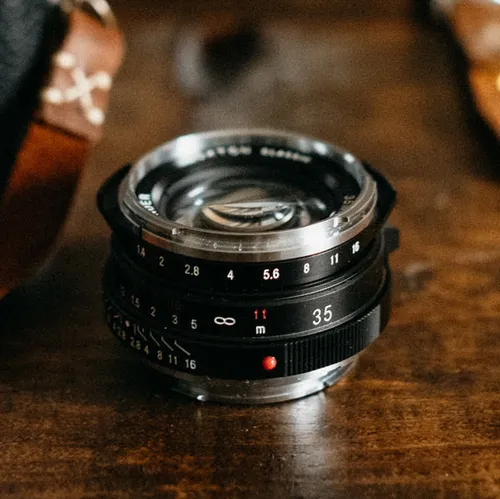
Many start with this lens not only because of its price, but also because it is a very good quality and versatile lens, practically a 35mm can be used in any situation.
The best: Nice and Cheap
Weight: 189 g
APO-Summicron-M 50mm/f2 ASPH
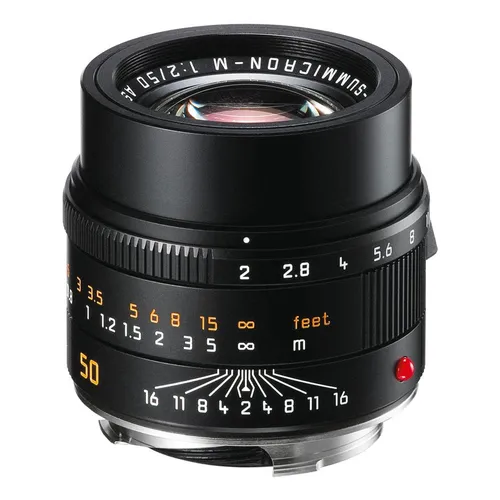
If you were planning to buy a new car with what you saved. Think about it, you can happily splurge on this lens. If leicas are the Roll-royce of cameras, this is the Roll-royce of 50mm. 9K.
Features:
- Apochromatic correction feature
- 0.7m to infinity
- 300g
50mm f/2.0 Summicron M

The classic 50mm version costs about a 4th of the previously seen one. It is the 5th version of this lens, and the one that many recommend over the APO. It is worth trying them both and testing the results.
Weight: 240g
Comparative video of both 50 mm
Tips for buying an M6
What should you look out for when buying a Leica M6 ? Again, the usual advice applies: if a camera looks rock-bottom, it probably is. If it still looks perfect, it’s probably good. But of course it’s the inner values that count. That’s why you should pick up the camera and test it before you buy it.
But in summary, if you are looking for a second hand one, always check the following:
- Visual aspect
- General wear and tear
- Check all speeds, sound and shutter curtain
- Shutter count function
- Rangefinder focus parallax
- The Back, check the cracks and corners
Usual problem areas
- Are the times shown correctly?
- Is the shroud still intact?
- Is the range finder misaligned?
A minimal shift in height is not as dramatic as a deviation to the left or right, as this leads to misfocusing. Bubbles are often found on the zinc camera cover, but this is only a cosmetic problem. In addition, the viewfinder should not be milky or cloudy.


